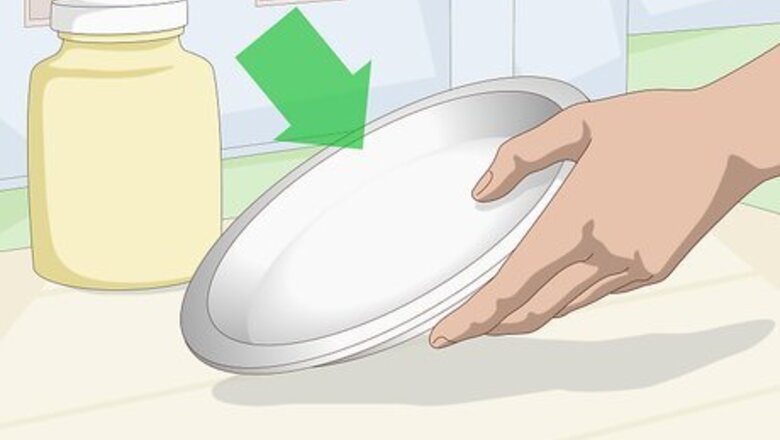
views
Collecting
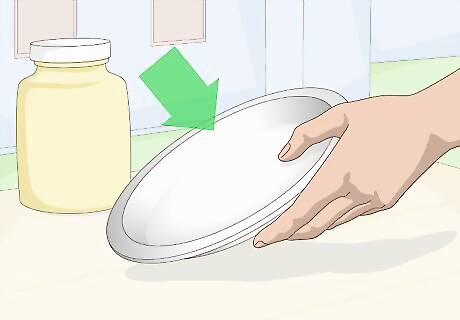
Choose a container. Your vet may give you a container in which to collect the urine. If not, use a container from home that you will not use again. Shallow containers, such as aluminum pie plates, work really well for collecting urine from female dogs. Here are other container options: Empty cream cheese container Shallow food storage container
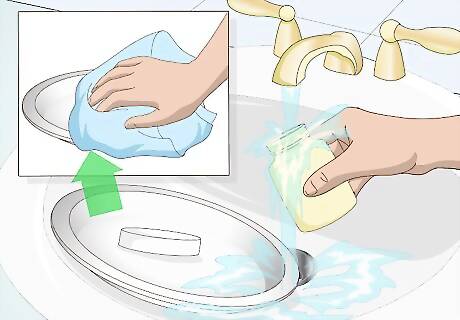
Wash and dry the container. A dirty container could contaminate your dog’s urine, making a urinalysis difficult to interpret. Once you’ve chosen a container, wash it with warm, soapy water. Make sure it’s completely dry before using it to collect the urine.

Take your dog outside on a leash. With the container ready for use, put a leash on your dog and take your dog outside. Having your dog on a leash will make sure your dog can't get away when you try to collect a urine sample. If you have a backyard, take your dog out to where she usually urinates. Consider timing the collection for when you know your dog will need to urinate, such as first thing in the morning or after a meal.

Let your dog squat to urinate. Pay close attention to your female dog as she gets ready to urinate. You may not have a lot of time to collect the urine once your dog starts to urinate, so make sure you’re ready to act quickly. You will slide the container between your dog’s back legs, so try to stand beside or slightly behind your dog.
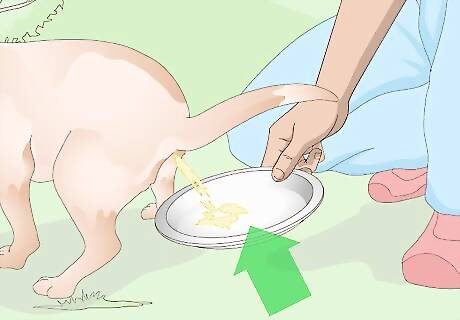
Position the container in the urine stream. Collecting the urine should be a gentle but swift process. When your female dog squats and begins to urinate, approach her slowly. With one hand, gently slide the container between her back legs. Consider setting the container on the ground instead of holding it. If you hold the container, you may get some urine on your hand. Have some disinfectant wipes or hand sanitizer nearby in case your hand gets urine on it. Make sure the urine gets in the container. You may need to reposition the container if the urine is hitting the ground. Let your female dog finish urinating before you move the container away.
Handling
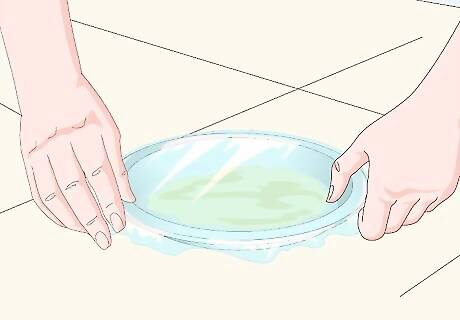
Cover the container. If you were able to get the urine sample, congratulations! To prevent the urine from spilling out or getting contaminated, cover the container as soon as you can. If you’re using a container that has a matching lid, use that lid to cover the container. If you used a pie plate, pour the urine into a container with a sealable lid if possible. Otherwise, cover it tightly with two layers of plastic wrap. Wash your hands before and after covering the container.
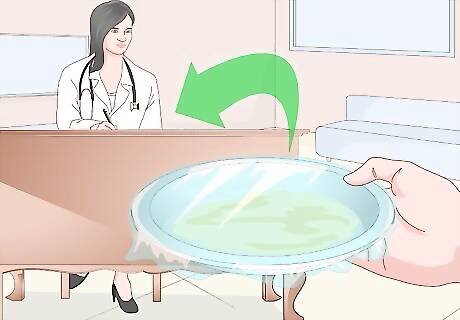
Take the sample to your vet’s office. A fresh urine sample will provide the most accurate urinalysis results. Ideally, the urine should be examined either immediately or within a few hours of collection. After collecting the urine sample, take it to your vet’s office as soon as you can.
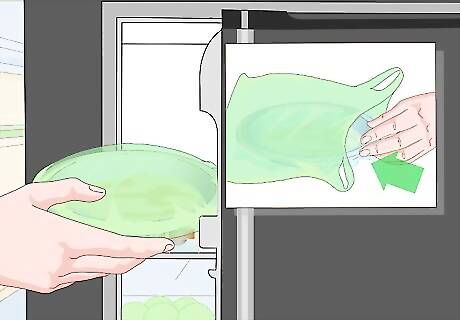
Store the urine sample in a cool place. If you can’t drop off the urine sample right away, you’ll need to store it at your home until your appointment. Because the urine will need to stay cool, place the urine sample in your fridge or on ice in a small cooler. If you choose to store the urine sample in the fridge, wrap the container in a plastic bag first. If you’re not comfortable having the urine sample close to your food, a cooler would probably the better storage choice. A urine sample more than 12 hours old is no longer fresh and may not give accurate results. If more than 12 hours pass between collecting your female dog’s urine sample and the appointment with your vet, let the vet know how old the sample is, so they can decide if it will affect the results and if a new sample is necessary.
General Tips
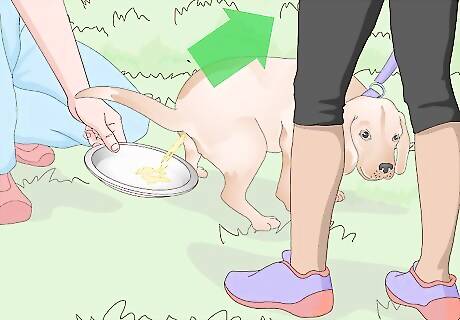
Get someone to help you. If this is your first time getting urine from your female dog, it may be a little challenging to do by yourself. Ask a friend or one of your family members to help you. They can be the one to either hold the leash or collect the sample.
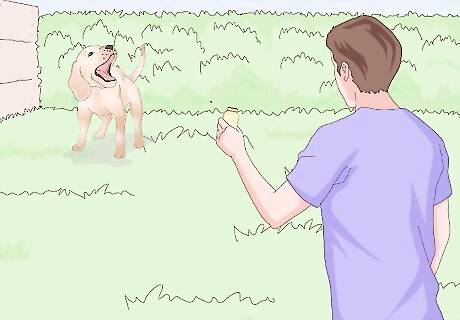
Be patient. Your first attempt at getting a urine sample from your dog may not be successful. If you have time before your appointment, try to collect a sample again later, after your dog has had some water or eaten another meal. You may have to be patient with your dog and try multiple times before you get a sample.

Contact your vet. You may not have any luck getting the urine sample. Your dog may stop urinating when she figures out what you’re doing, or the urine may not have gotten in the container. If you cannot get the sample, contact your vet to let them know. When you take your dog to the vet’s office, one of the vet’s staff can take your dog outside to get the urine sample.




















Comments
0 comment